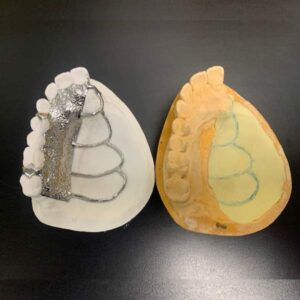Palatal Obturators
Trust Global Dental Solutions for All Your Dental Restorations
At Global Dental Solutions, we understand that providing your patients with the best restorations is your top priority as a restorative dentist. That’s why we provide dental professionals with the best products to use in the treatment of their patients. We are a full-service dental lab that is committed to creating dental restorations with integrity, quality, and value. Our capable team produces a wide range of restoration products, including fixed detachables, dental implants, and even palatal obturators at our Atlanta, GA laboratory. Palatal obturators can be used to help patients with a number or dental issues. If you’d like to learn more about how you can utilize these devices in your practice from our state-of-the-art laboratory, please reach out to us today.
What Is an Obturator?
An obturator is a dental prosthesis used in patients who have suffered trauma to the roof of the mouth or have undergone surgery that has left a void or hole in the palate. This type of void, known as an oronasal fistula, occurs in the roof of the mouth and can hinder normal functions. The device, which is similar to a dental retainer, fits at the roof of the mouth, filling the void and restoring the patient’s full ability to speak, chew, and swallow. Obturators resolve a condition called nasal regurgitation, where food and liquids come out the nose. It can also be used to replace any teeth or tissues lost in a traumatic injury. An obturator is used only for the upper portion of the jaw and cannot help with voids in the lower jaw or any tissue loss surrounding the lower teeth. The primary purpose of obturators, whether they are to be used short or long-term, is to close defects in the palate that affect daily functions, like eating, drinking, and talking.
Palatal obturators should not to be confused with palatal lifts or other prosthetic devices such as speech bulbs. A palatal lift is utilized when there is not enough palatal movement; It raises the palate and reduces the range of movement necessary to provide sufficient closure to separate the nasal cavity from the oral cavity. Speech bulbs and palatal lifts aid in velopharyngeal closure and do not obturate a fistula. A speech bulb, which is often confused with a palatal obturator, contains a pharyngeal section, which goes behind the soft palate.
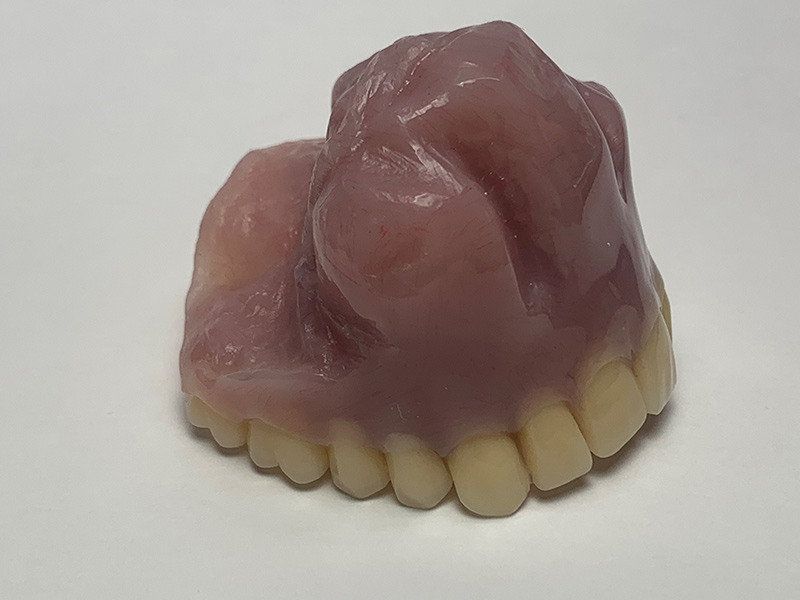
What are Obturators Used For?
Obturators can be used for a variety of dental conditions, helping patients fully regain all their abilities. As a dentist, you want to improve the quality of your patients’ lives, and these prosthetic devices can help you achieve that in patients who are experiencing a loss in the palate. Our dental lab can create precisely-fitting obturators to restore your patient’s palate and give them the ability to live more comfortably. Obturators are most commonly used to fill voids in the roof of the mouth in the following situations:
- Post-Surgery: Following many types of head and facial surgeries, there may be a residual orinasal opening on the palate. This can make it difficult or even impossible for patients to speak or eat. Fitting post-surgery patients with an obturator will temporarily fill the void as the tissue returns during healing. In these cases, the device can be downsized as the tissue begins to grow back and the hole becomes smaller.
- Traumatic Injuries: Traumatic injuries to the face and mouth can cause severe damage, including damage to the palate. This could leave a void in the roof of the mouth that affects the ability to eat and speak. An obturator can be used in this situation to help patients regain their abilities.
- Cleft Palate: This condition occurs when the two plates of the skull that form the hard palate do not completely join together, resulting in a gap in the roof of the mouth. An obturator is necessary to artificially close the gap until it can be surgically corrected.
Obturators Can Help Improve Speech
An obturator is commonly used to help improve and recover speech in patients with a palatal fistula or a hole in the mouth. Depending on the severity of the issue that caused the void, fistula sizes can vary greatly. Most patients with a small fistula tend to see little or no speech complications, while those with large fistulas can experience audible nasal emissions, weak pressure, and misarticulations. The hole in the roof of the mouth can decrease intraoral air pressure because air can freely escape into the nasal cavity. This can result in the distortion of sounds and an increase in nasal airflow, making it difficult for patients with a fistula to speak. A palatal obturator covers the hole, preventing the escape of air from the mouth, which allows patients to articulate as they normally would.
The Use of Obturators in Patients after a Maxillectomy
A maxillectomy is a surgical procedure that is performed to remove a primary tumor in the upper jaw area. During the operation, the surgeon must cut through the upper jaw to remove the tumor. Often, the process of removing the tumor means also removing some of the bone of the upper jaw, as well as part of the roof of the mouth, and possibly some teeth. After the procedure, the patient will be left with a void in their palate and will require an obturator to eat and speak safely.
The Different Types of Obturators
There are many different types of obturators that are used to treat the diverse problems your patients face. Our dental lab can create nearly any type of device to help restore the abilities of your patients. We work with you to create precisely-fitting prosthetics for your patients. Some of the most common types of obturators include:
- Palatal Plate: This device is used to improve speech and feeding in patients who have a void in their palate.
- Modification Obturator: This type of obturator is used for blocking, sealing, and separation of the oral and nasal cavities.
- Interim Palatal Obturator: This is a temporary device used after palatal surgery. In order to use this device, no other surgeries must have taken place except palatal surgery.
- Definitive Obturator: This type of obturator is used in patients who have no other rehabilitative options and must wear a device long-term.
- Nance Obturator: This device is used in patients following a surgical closing when other devices have not proven successful.
Examples & Case Studies
An obturator for the upper posterior right quadrant.
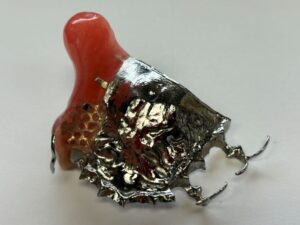
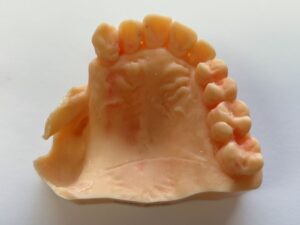
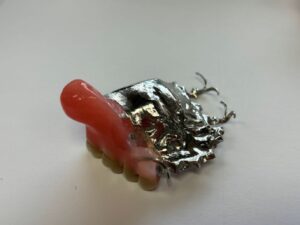
The Doctor required a U shaped bar for securing the bulb to the frame so that if the bulb needs to be hollowed out, there is no interference of the metal.
An obturator for the upper right quadrant and palate.
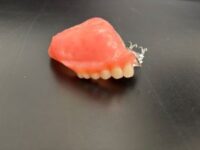
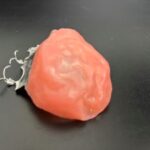
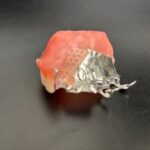
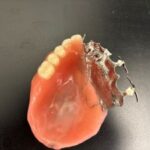
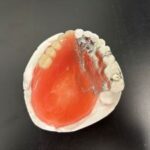
The Doctor required a minimum sized U shaped bar for securing the bulb to the frame so that if the bulb needs to be hollowed out, there is no interference of the metal.
Framework Design By The Maxillofacial Prosthodontist
